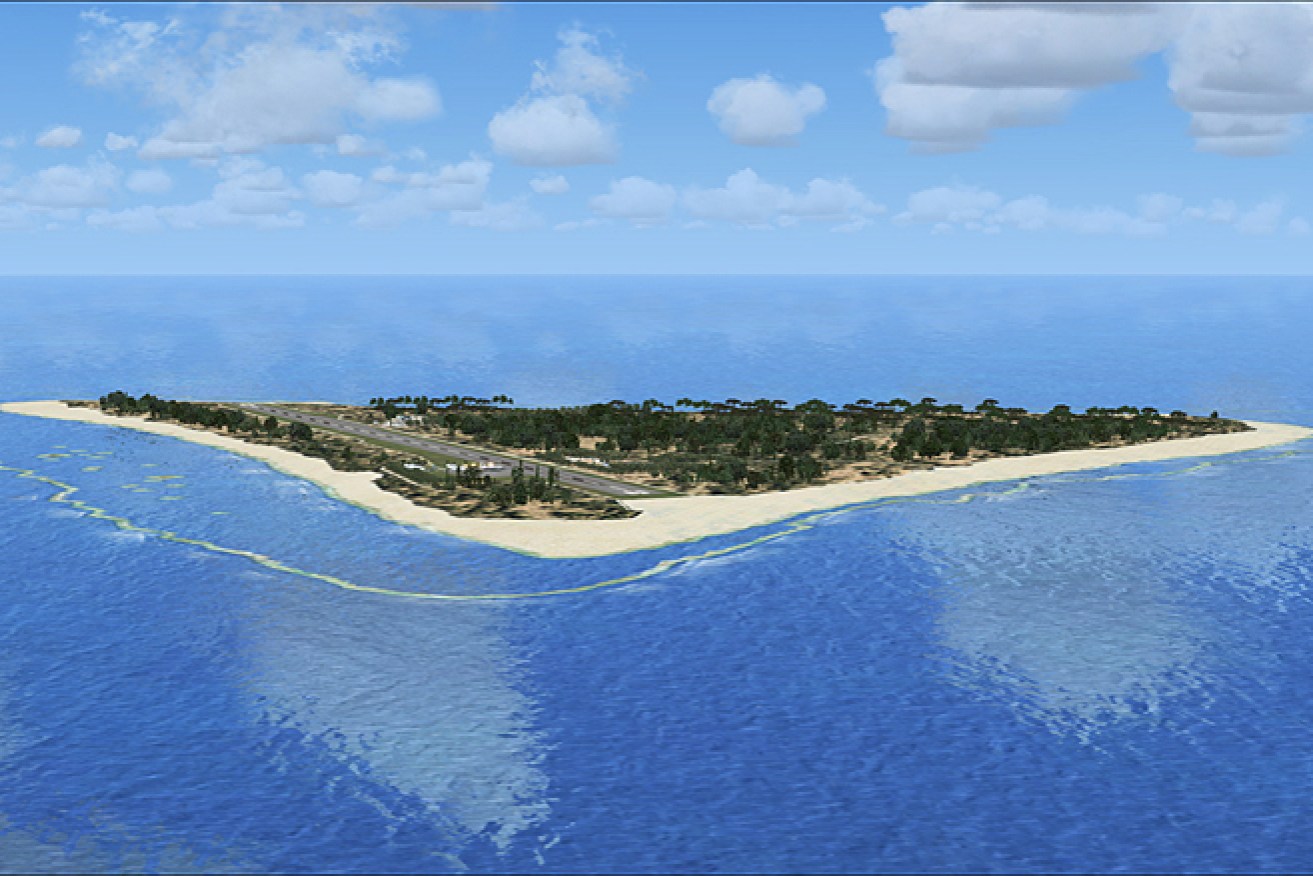Found: Japanese island with 700-year supply of rare elements


Near Minamitorishima Island lies 16 million tons of resource-rich mud. Photo: lynxdxg.com
More than 16 million tonnes of mineral-rich mud on the floor of the Pacific Ocean near Japan hold enough precious metal resources to last up to 700 years, scientists have confirmed.
This massive turf of mud, near Minamitorishima Island, about 1850 kilometres off the coast of Japan, contains “semi-infinite” stores of rare-earth elements – a group of 17 chemical elements – that are indispensable to many high-tech devices, medical and military technologies.
The study, published in the journal Nature, estimated there are enough rare-earth minerals to supply yttrium, europium, terbium and dysprosium for 780, 620, 420 and 730 years, respectively.
“This is a game-changer for Japan,” Jack Lifton, co-founder of Technology Metals Research, told The Wall Street Journal.
“The race to develop these resources is well underway.”
Yttrium is used in radiation therapy to treat cancer and in many high-tech devices such as smartphones, computer monitors and camera lenses.
Europium and dysprosium have important applications in the nuclear and defence industries, while terbium helps produce electricity.
The resource-rich mud contains just under 5000 parts per million of rare-earth elements and yttrium and spans about 2500 square kilometres, 6100 metres below the ocean surface, the study reported.
“The mud is expected to be viewed as a highly promising new mineral resource” which could be “exploited in the near future”, according to the study.
Associate Professor Carl Spandler, a geologist at James Cook University in Queensland, said there would be “significant challenges” on how the rare-earth metals would be recovered from the ocean floor despite scientists obtaining samples of the mud.
But if successful, Dr Spandler said the value of the rare-earth elements would be “enormous”.
“It would be in the billions of dollars.”
Any standard submarine that ventures 6000 metres below the ocean’s surface would be “crushed like a tin can” by the “extremely high water pressure”, Dr Spandler said.
“There’s no way humans could get there at the moment,” he said.
“I wouldn’t expect to see the seafloor being mined for rare-earth elements, certainly not in the next decade or so.”
He said the demand for rare-earth elements has increased “massively” in the past 30 years.
In 2010, China – which produces 97.4 per cent of the world’s rare-earth metals and holds more than 50 per cent of the world’s rare-earth reserves – temporarily imposed export limits for rare-earth metals.
That sparked a big global push to try and identify other sources of rare- earth metals, Dr Spandler said.
“It’s a huge volume, but I’m not sure it’s going to solve all of our problems in terms of supply of rare-earths into the future.”









